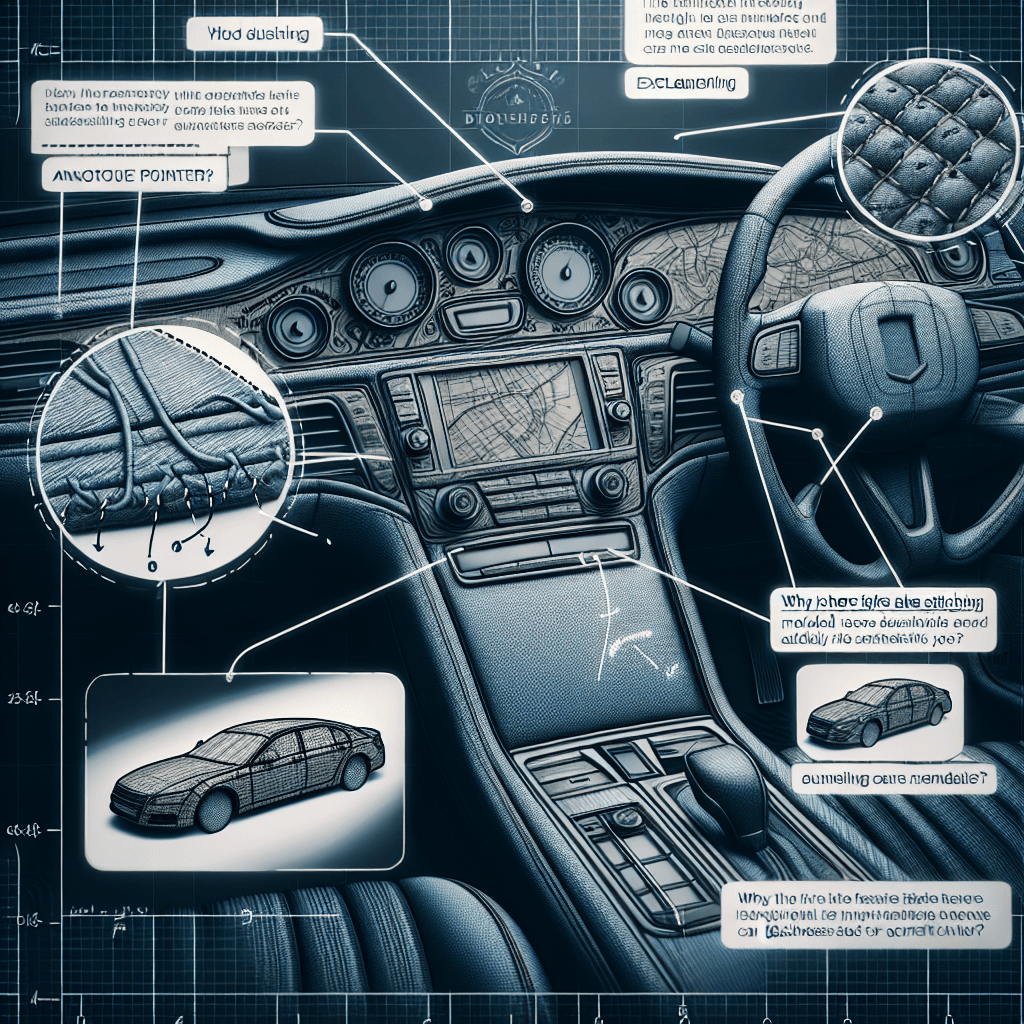Why does a rubber band shoot farther if you twist it first
It’s not just about storing more energy; discover the fascinating physics trick that transforms a wobbly piece of rubber into a stable, high-speed projectile.


Too Long; Didn't Read
Twisting a rubber band makes it spin when launched. This spin stabilizes its flight, like a spiraling football, which reduces air resistance and allows it to travel farther.
Blog Post Title: The Twisted Truth: Why Does a Rubber Band Shoot Farther if You Twist It First?
The Twisted Truth: Why Does a Rubber Band Shoot Farther if You Twist It First?
Remember those epic rubber band battles from your school days? There was always one kid who knew the secret: to get maximum distance and accuracy, you had to twist the rubber band before letting it fly. It wasn't just a myth; it was a battlefield-tested technique that consistently outperformed a simple, untwisted shot. But have you ever stopped to wonder about the science behind this simple trick? Why does adding a few twists to a piece of rubber suddenly turn it into a superior projectile?
This post will unravel the fascinating physics behind this phenomenon. We'll explore how that simple twisting action dramatically increases the energy stored within the band and even improves its flight, turning a basic office supply into a surprisingly efficient launcher.
Understanding the Source: Elastic Potential Energy
Before we get to the twist, we need to understand the basic principle at play: elastic potential energy. When you stretch a rubber band, you are doing work on it. The rubber band, made of long-chain molecules called polymers, resists this stretching. The energy you exert is not lost; it's stored within the molecular structure of the rubber band as potential energy.
Think of it like drawing back the string of a bow. The further you pull it, the more work you do, and the more potential energy is stored. When you release the rubber band (or the bowstring), this stored potential energy is instantly converted into kinetic energy—the energy of motion. The more potential energy you can store, the more kinetic energy will be released, resulting in a faster and farther-flying projectile. A simple stretch stores a good amount of energy, but it's only tapping into one dimension of the band's potential.
The Magic of the Twist: Storing Energy in a New Dimension
This is where the genius of the twist comes in. When you stretch a rubber band, you create tensile stress along its length. By twisting it, you introduce a second, powerful form of stress: torsional stress, also known as shear stress.
Imagine the long polymer chains that make up the band.
- Stretching pulls these chains apart, lining them up.
- Twisting winds these already-stretched chains around each other, like coiling a spring.
You are now forcing the band to store energy in two different ways simultaneously. You're not just pulling it apart; you're also winding it up. This combination allows you to pack significantly more potential energy into the rubber band than you could with stretching alone. Every twist adds more tension and locks in more energy, priming the band for a much more powerful release.
From Potential to Kinetic: The Aerodynamics of the Launch
A more powerful release is only half the story. The twist also plays a crucial role in how the rubber band behaves after it leaves your fingers. The secret lies in stability and aerodynamics.
Increased Rigidity and Spin
An untwisted rubber band is flimsy. When launched, it often tumbles and flutters through the air, creating a large surface area that is highly susceptible to air resistance, or drag. This drag bleeds kinetic energy very quickly, causing the band to slow down and fall short.
A twisted rubber band, however, is a different beast entirely.
- Structural Rigidity: The twists make the band more compact and rigid, almost like a single, solid projectile. This streamlined shape cuts through the air more efficiently.
- Gyroscopic Stability: As the band untwists rapidly upon release, it creates a spinning motion along its flight path. This is the same principle that makes a spiraling football or a rifled bullet fly straighter and farther. This spin provides gyroscopic stability, preventing the rubber band from tumbling and helping it maintain its trajectory.
By minimizing drag and preventing wasteful tumbling, the twisted band ensures that more of its initial kinetic energy is used for forward motion, allowing it to travel a much greater distance.
Conclusion
The playground trick of twisting a rubber band is a perfect real-world demonstration of fundamental physics. It’s not just a single effect, but a powerful combination of two key principles. By twisting the band, you are dramatically increasing the amount of stored potential energy by introducing both tensile and torsional stress. Upon release, this extra energy is converted into a more powerful launch, while the spinning motion provides gyroscopic stability, making the band a more efficient and aerodynamic projectile.
So, the next time you pick up a rubber band, take a moment to appreciate the elegant science you hold in your hands. That simple twist isn't just a trick—it's a lesson in how to harness and unleash energy in the most effective way possible.


